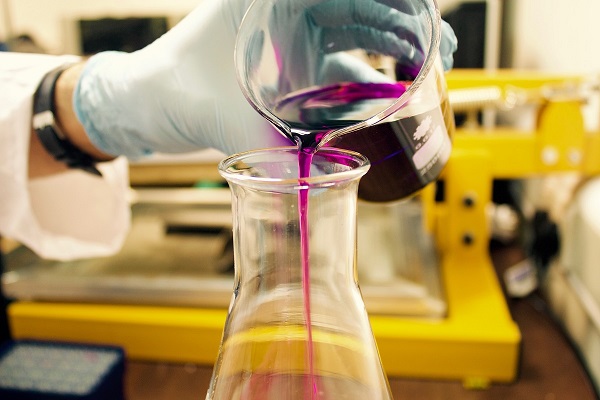Imagine tiny bubbles, smaller than a red blood cell, carrying powerful medicines directly to diseased cells. This isn’t science fiction, it’s the cutting edge of drug delivery with drug-loaded liposomes.
What are liposomes?
Liposomes are microscopic spheres made from phospholipids, the same fatty molecules that make up cell membranes. These phospholipids naturally arrange themselves in bilayers, forming a hollow sphere with an aqueous core and a hydrophobic outer shell. This structure mimics the cell membrane, allowing liposomes to seamlessly interact with cells.
Why use liposomes for drug delivery?
Traditional drug delivery methods, like pills and injections, often have drawbacks. Drugs can get dispersed throughout the body, leading to unwanted side effects. They may also be quickly degraded or eliminated before reaching their target. Liposomes offer several advantages:
· Targeted delivery: Liposomes can be modified with targeting ligands, like antibodies, that bind to specific receptors on diseased cells. This directs the liposomes and their cargo right to where they’re needed, reducing side effects and improving therapeutic efficacy.
· Controlled release: Liposomes can be engineered to release their drug payload slowly and steadily over time, maximizing the therapeutic effect and minimizing the need for frequent dosing.
· Protection: Liposomes shield drugs from degradation by enzymes and other harsh conditions in the body, ensuring they reach their target site intact.
Loading the liposomes
There are two main ways to load drugs into liposomes:
· Passive loading: This involves mixing the drug with the phospholipids during liposome formation. Hydrophilic drugs stay in the aqueous core, while hydrophobic drugs integrate into the lipid bilayer.
· Active loading: This method uses transmembrane gradients (differences in pH or ion concentration) to drive the drug into the liposome core after formation. This allows for higher drug loading and better control over the release profile.
Examples of drug-loaded liposomes
Several liposomal drug formulations have already been approved for clinical use, including:
· Doxil: This liposomal form of doxorubicin, a chemotherapy drug, is used to treat cancer. It has shown improved tumor targeting and reduced side effects compared to the free drug.
· Ambisome: This liposomal formulation of amphotericin B is used to treat fungal infections. It has a lower toxicity profile and improved efficacy compared to the conventional form of the drug.
· Onpattro: This liposomal formulation of patisiran is used to treat hereditary transthyretin amyloidosis, a rare genetic disease. It has shown significant improvement in patient outcomes compared to previous treatment options.
The future of liposomes
Research into drug-loaded liposomes is ongoing, with scientists exploring new ways to improve their targeting, release profiles, and stability. Liposomes are also being investigated for delivery of gene therapies, vaccines, and diagnostic agents.
Conclusion
Drug-loaded liposomes represent a significant advancement in drug delivery technology. These tiny spheres offer the potential for more effective, targeted, and safer treatment of a wide range of diseases. As research continues, we can expect to see even more innovative liposomal formulations emerge in the future, revolutionizing the way we deliver medicines.
Drug Loaded Liposomes at Creative Biostructure
Creative Biostructure, a biotechnology company specialized in structural biology, provides a comprehensive list of drug loaded liposomes for research use. Products include: A939572 Loaded Liposomes, Adavosertib Loaded Liposomes, Belinostat Loaded Liposomes, Cefixime Loaded Liposomes, Daunorubicin HCl Loaded Liposomes, Doxorubicin HCl Loaded Liposomes…




